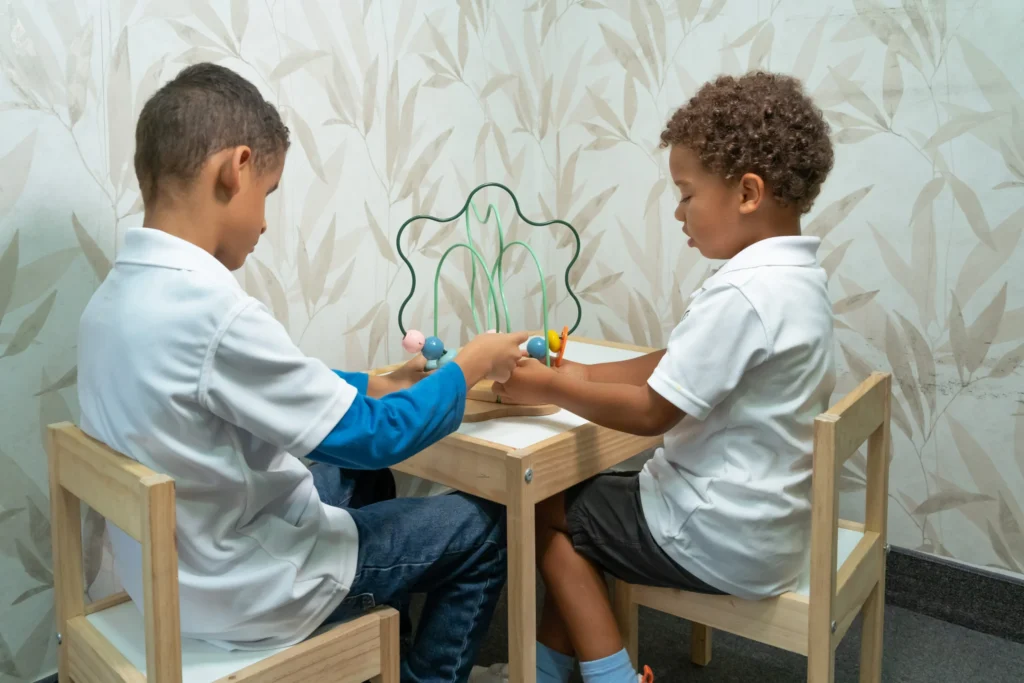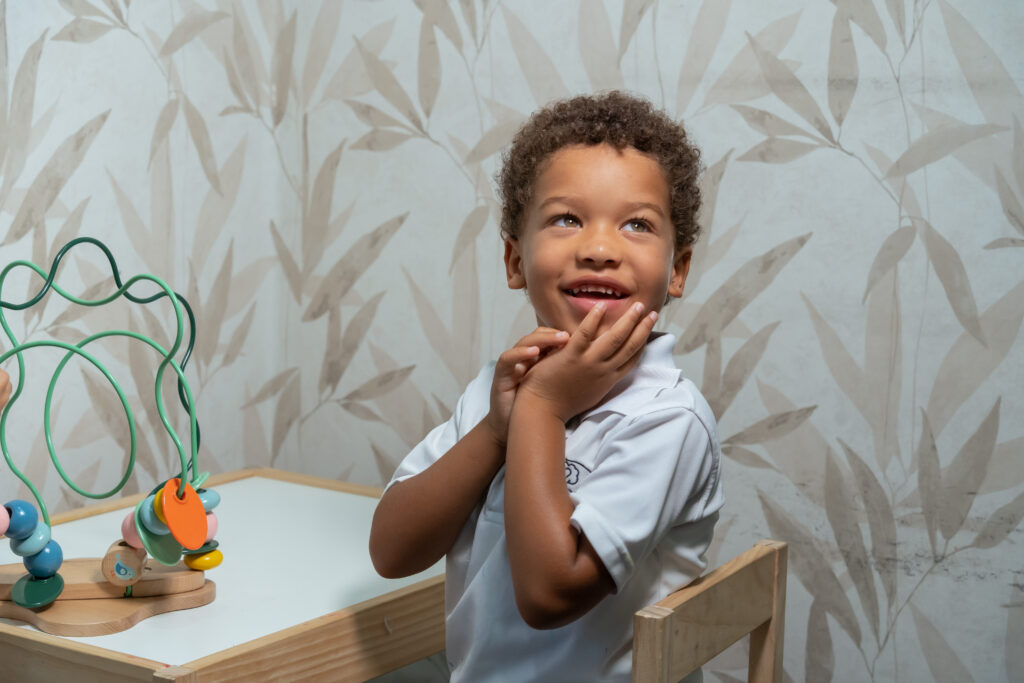Choosing the right school for a child is one of the most important decisions families make. In an increasingly diverse educational context, many parents are considering personalized models that move away from the traditional system. But is this really the approach your child needs?
What is personalized education?
Personalized education adapts teaching methods, pace, and goals to each student’s unique characteristics. It is a student-centered approach that promotes autonomy, meaningful learning, and self-regulation (OECD, 2018).
Unlike uniform models, it doesn’t start from an “average” learning baseline but from the uniqueness of each child. This can be especially valuable for neurodivergent students or those with learning differences, but it also benefits children without formal diagnoses.

Indicators that a personalized model might be suitable
Your child doesn’t fit into the traditional group rhythm. Some children need more time or different paths to learn, which can be challenging in a homogeneous classroom (Vygotsky, 1978).
They have particular strengths or interests. Personalized education allows these interests to be incorporated into the curriculum, fostering intrinsic motivation (Deci & Ryan, 1985).
They have shown frustration, demotivation, or anxiety in traditional school environments. An environment that respects their rhythms and styles can reduce these symptoms and improve their connection to learning (Rose & Meyer, 2002).
They need closer and emotionally safe support. Close relationships with adults are fundamental for holistic development, especially in alternative educational settings (Noddings, 2005).
What if my child doesn’t have special needs?
The personalized approach isn’t exclusive to children with diagnoses. All students benefit from a school that listens to them, observes them individually, and designs meaningful experiences for their development.
Conclusion
Each child is unique in their way of learning. A personalized model offers the flexibility and support needed to ensure that this uniqueness is not only respected, but also enhanced.
References
Deci, E., & Ryan, R. (1985). Intrinsic Motivation and Self-Determination in Human Behavior. Springer.
Noddings, N. (2005). The Challenge to Care in Schools: An Alternative Approach to Education. Teachers College Press.
OECD. (2018). The Future of Education and Skills: Education 2030. OECD Publishing.
Rose, D. H., & Meyer, A. (2002). Teaching Every Student in the Digital Age: Universal Design for Learning. ASCD.
Vygotsky, L. S. (1978). Mind in Society: The Development of Higher Psychological Processes. Harvard University Press.


